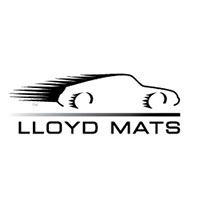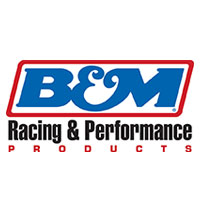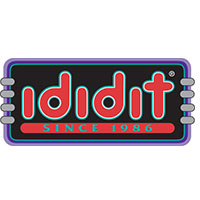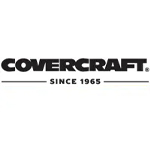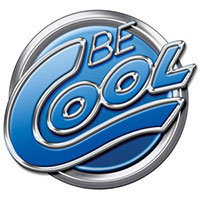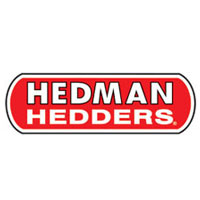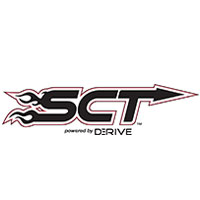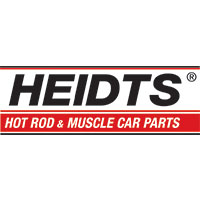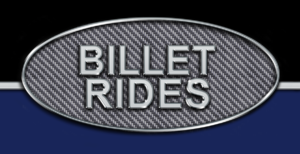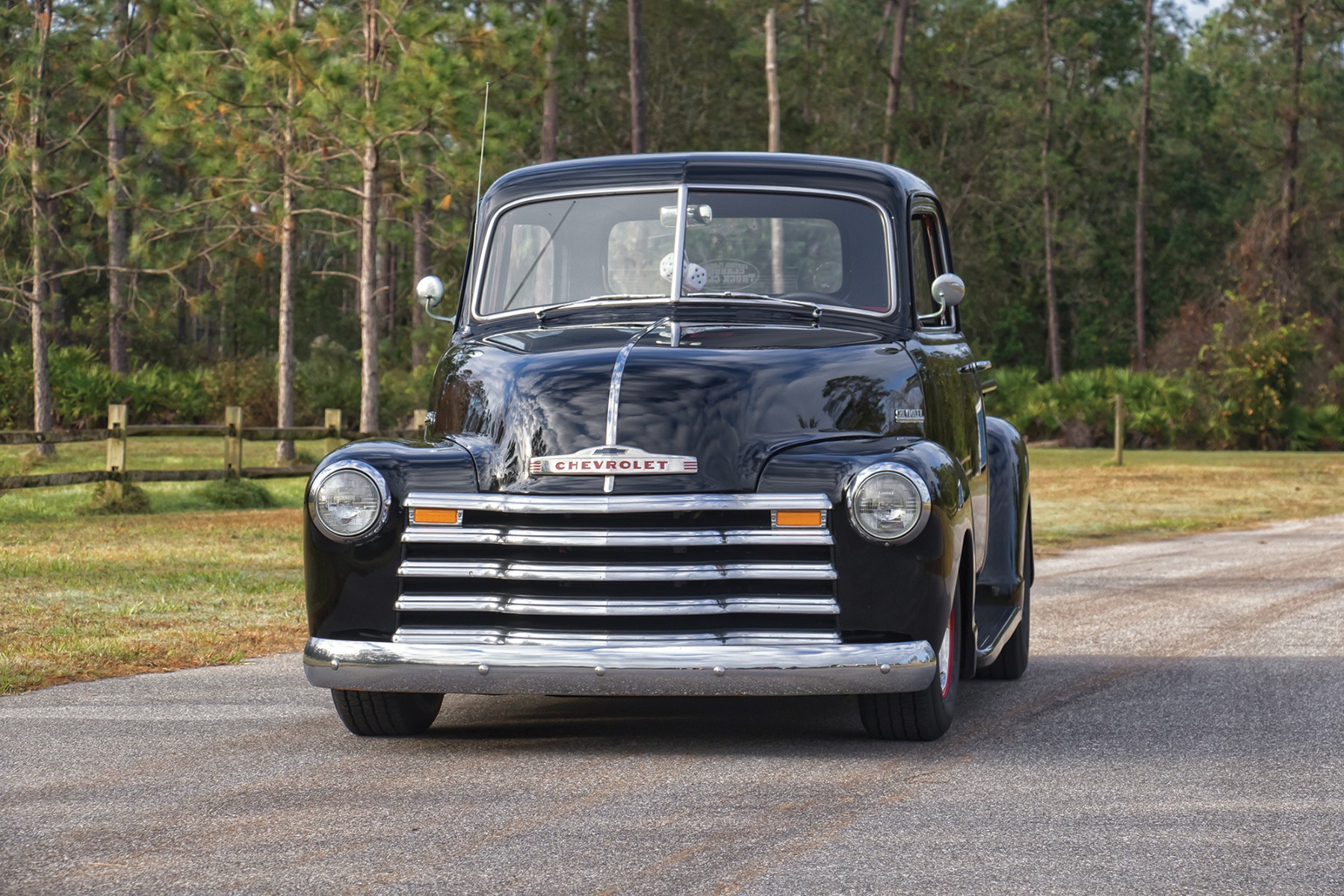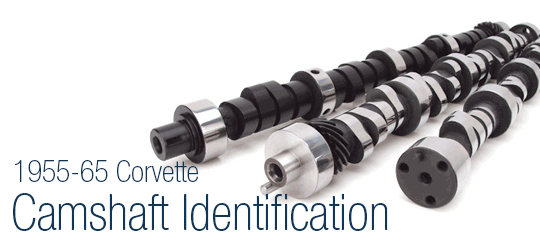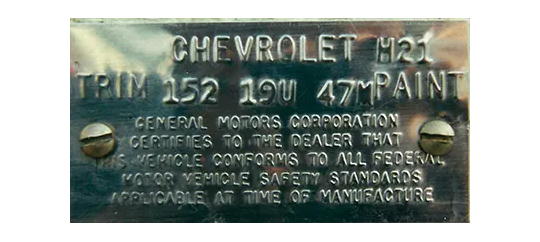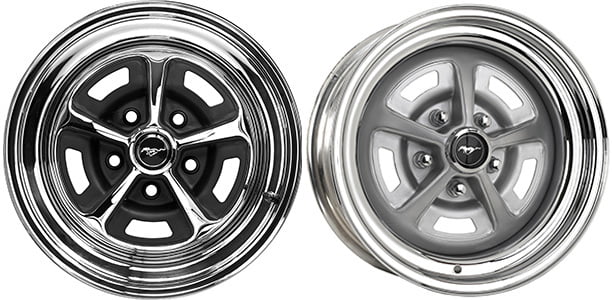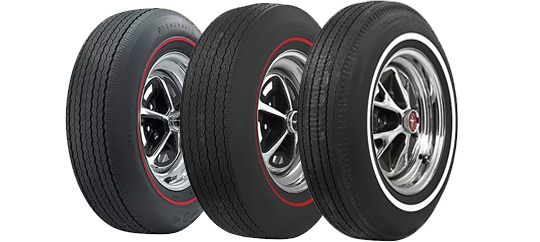A Front Yard Ornament?
- Apr 16, 2015
A ‘69 Chevelle as a Front Yard Ornament?
By Robert Killingsworth #13052681 • Springfield, MO
Photography by Jim Knight
I found and purchased my ’69 Chevelle in July, 1985. It had been sitting in someone’s front yard for some time. My wife and I would see it on our way to church each Sunday morning. The red paint was faded and dirty, the wheels and tires were mismatched and the whole car was nothing special, but what really caught my attention was the straight sheet metal. In those days it was fairly common to find Chevelles parked in yards, but most had some kind of body damage or rust.
As time went on, the more I thought about the car, the more I wanted it. I had just sold another car and had some available cash, so I located the owner and made an offer to buy this neglected SS. This Chevelle seemed to be just another ’69 that needed some TLC.
After finally agreeing on a purchase price with the owner, I went to inspect the car. By this time it had been moved to a storage building because an “admirer” had stolen the carburetor. It was during the inspection, after lifting the hood, that I realized that the engine was a special high-performance 396ci rated at 375 horsepower. I checked the numbers to make sure this car was the real thing and once that was confirmed I quickly paid the owner and took possession of the title before he could change his mind. The odometer showed only 19,711 miles.
My new project was loaded on a trailer and hauled across town to its new home. Once there, more investigating was done to see what other information I could find that would tell me about the cars past life. The rear seat was removed in search of the build sheet. I had owned several 1969 Chevelles, but had never found any factory documentation on any of them. The upright cushion was taken out and there it was; proof that this car came with the L78 375 Turbo Jet engine, M21 close-ratio transmission and a Positraction rear axle with 4.10 gears. Other items listed were tinted glass, bucket seats and console, sport stripe, power disc brakes, chambered exhaust, F70-14 tires and special instrumentation.
As I started work on the Chevelle, I wondered where it had come from and who had owned it. A letter and one dollar payment sent to the Motor Vehicle Bureau requesting a title history soon gave me copies of all titles with the names of all previous owners. A little time with a phone book and I was talking to everyone who was listed on the titles.
This Chevelle was built the second week of July 1969 at the Kansas City Leeds plant. From there it was shipped to Reliable Chevrolet here in Springfield, where it sold to the first owner in August. This owner had the car for about four months before trading it in on a new Corvette. Apparently the solid lifters, low gears and loud exhaust weren’t what he wanted in a daily driver. It was traded back to Reliable and was then sold as a used car.
Owner number two had racing in mind and the Chevelle was just what he was looking for. The next several years he had the Chevelle timed and tested on the local quarter mile tracks. With the help of his brother, they had this big block SS flying down the track with a best recorded time of 12.35. I have talked to several people that remember how strong the Chevelle was back then.
I became friends with the two brothers and as a result I now have pictures and more documentation as well as a cassette tape they made while making a pass down the track.
The third owner told me he didn’t really care for the ’69 Chevelle because he had a 1970 Chevelle with a 427 engine that would “run circles” around the ’69. After the clutch gave out on the car, he parked it in his driveway where it sat for many years. That’s when the car really began to deteriorate.
Fortunately for me, the fourth owner bought the car and towed it back to where I first saw it in his front yard. He had purchased it because of the large port heads on the motor. I found out later that he had several 1969 Chevelles and was collecting and storing them as he found them.




Since its restoration, my Chevelle has attended many shows and cruises around the Midwest. Some of the highlights were attending the former NCOA conventions where it earned several awards and was featured on the cover of the Chevelle Report. These days I am active in regional shows where the car is a consistent winner.
While I have had offers to sell this Garnet Red Chevelle, restoring it myself has caused me to become attached to it. When I walk out to my garage and look at it, I realize how lucky I am to own such a great car. It’s a special part of history from the late 60’s that’s a joy to drive and I plan on keeping it a long time.
I have tried to keep this car “factory correct” with a couple of exceptions. The engine was rebuilt and balanced keeping the 11:1 compression and Chevrolet solid lifter camshaft. The block, heads, rods and crank are all original pieces. I found an original intake, but bought a new reproduction Holley carburetor. A set of dated exhaust manifolds were found and installed. The smog setup was purchased from ASL about nine years ago. The chambered exhaust was purchased from Gardner Exhaust about two years ago.
The seats are original except for the driver’s seat, which was recovered a year ago. The front door panels and the carpet have been replaced. The wood steering wheel was added by me, but was an option for that year. This car did not come with a radio from the factory. The dealer installed an aftermarket AM radio for the first owner. I have replaced it with a correct Delco radio.
The only non-stock items on the car are the Cragar wheels and the Hurst shifter. Both are favorite’s of mine and were available in 1969. While this is not a 100% numbers matching car down to the smallest detail, having the original engine and documentation is enough for me. I also feel good about rescuing the car from a slow death as a rusting front yard ornament.













